OS patching is a critical task, especially for Operations teams. It is one of the key ways to fix vulnerabilities and reduce security risks on servers…
Reduce Work, Risk, and Variability with Automated OS Patching
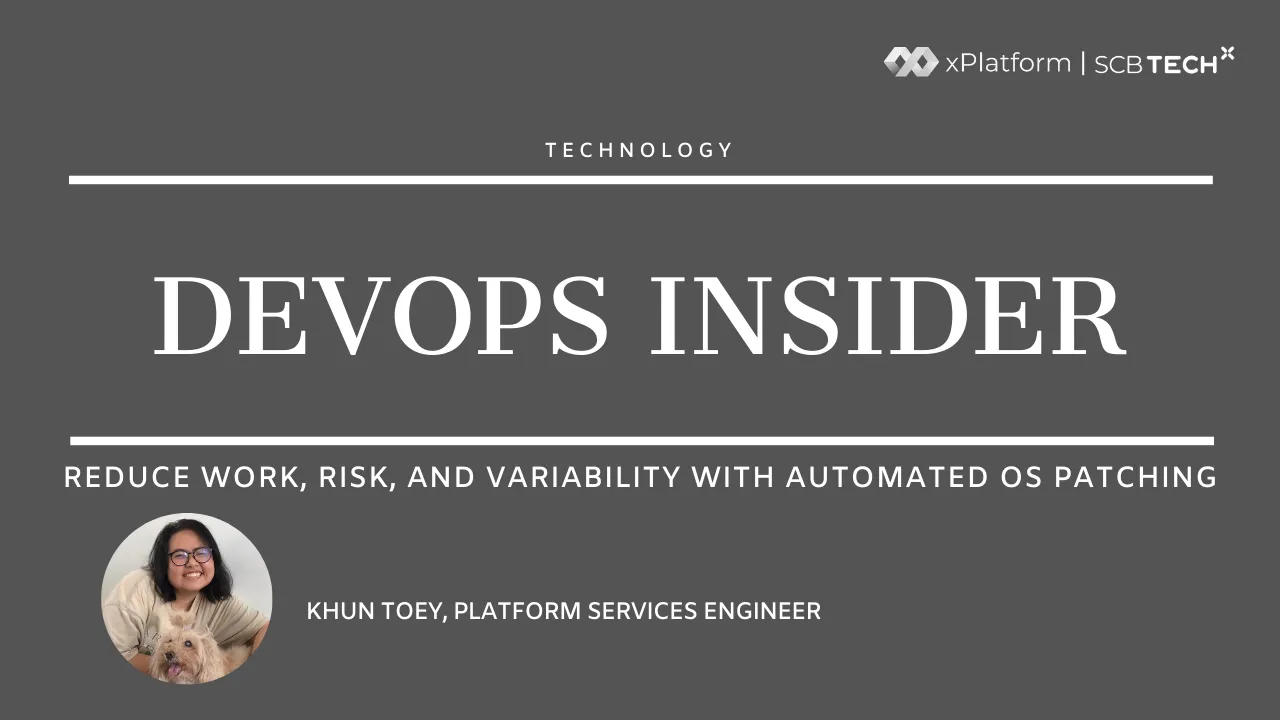

OS patching is a critical task, especially for Operations teams. It is one of the key ways to fix vulnerabilities and reduce security risks on servers…
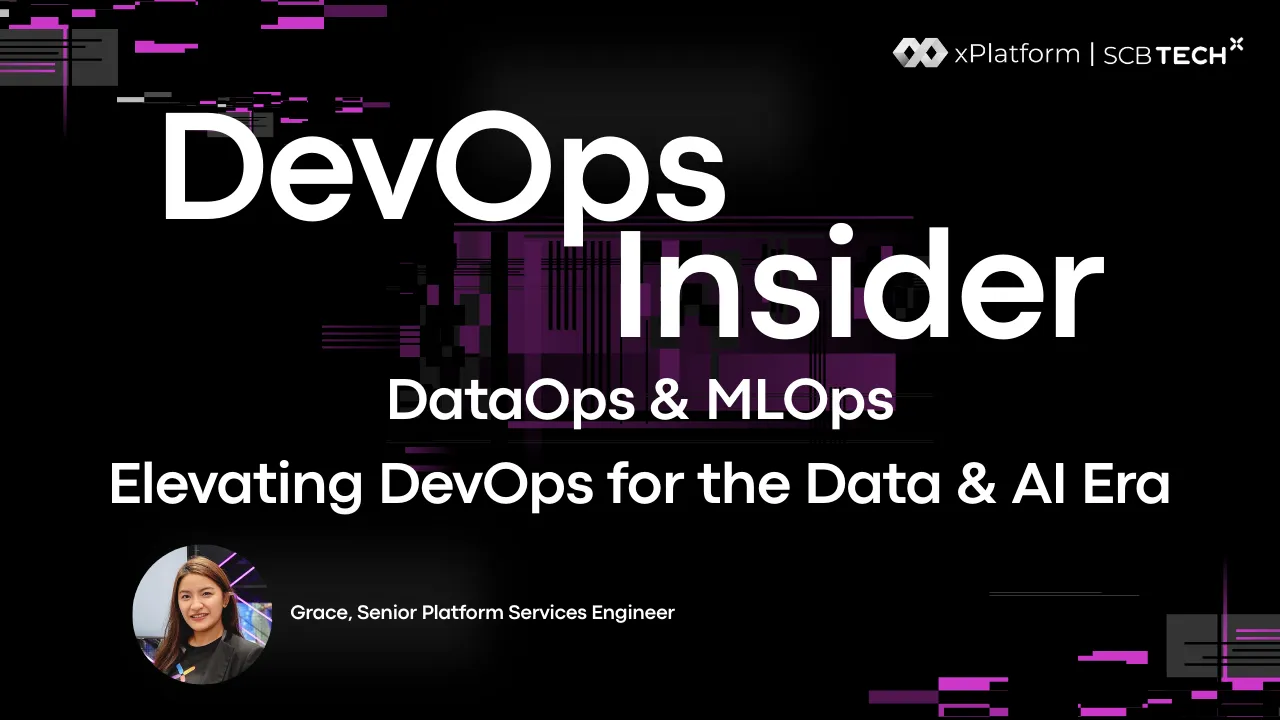
DevOps is a set of practices that helps teams deliver software faster, with better quality, and fewer issues between development and operations…
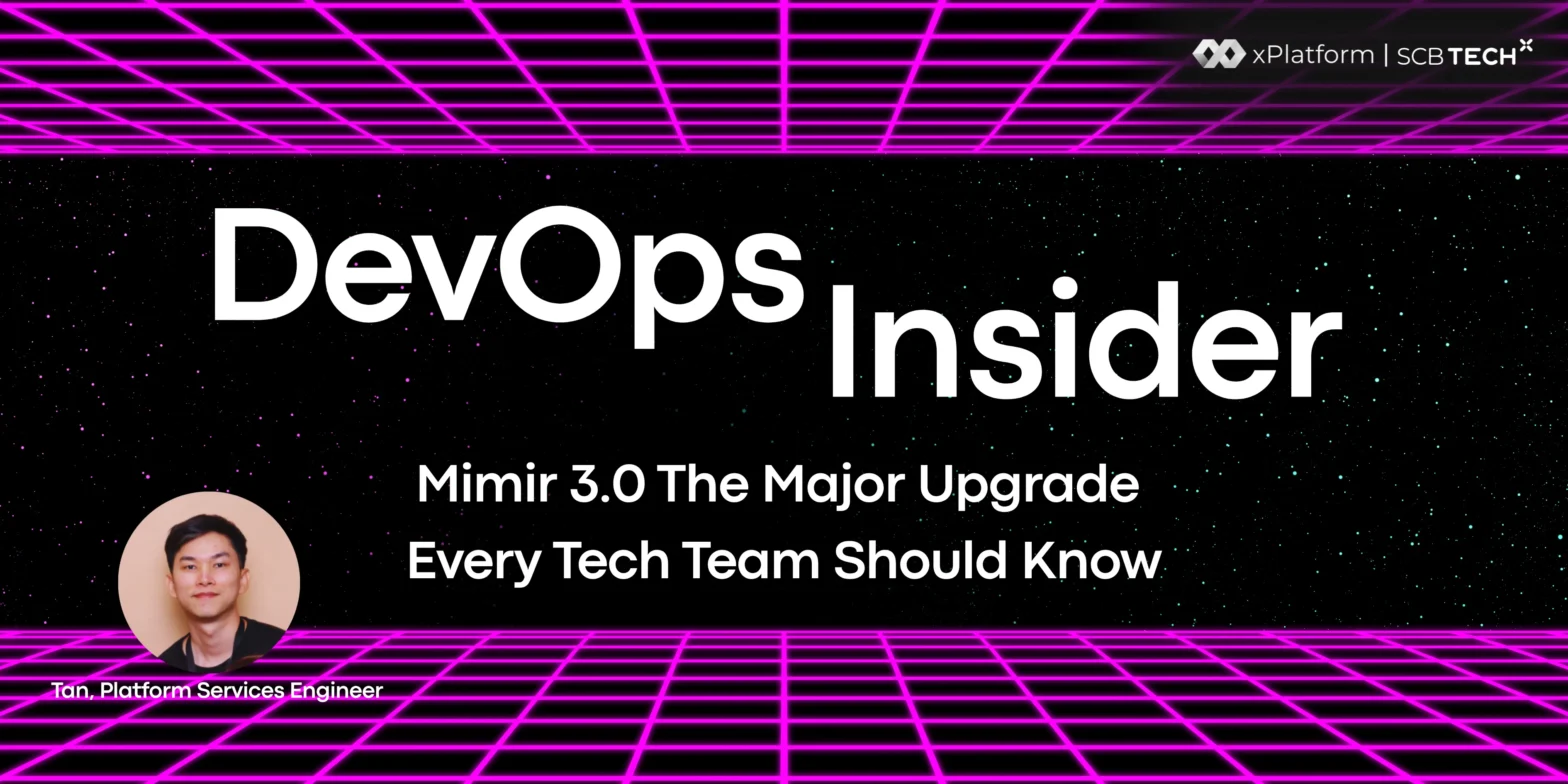
Grafana Mimir 3.0 launched in early November 2025 — and it’s far more than a version bump. It’s a complete architectural overhaul designed to fix long-standing pain points for SRE and DevOps teams…
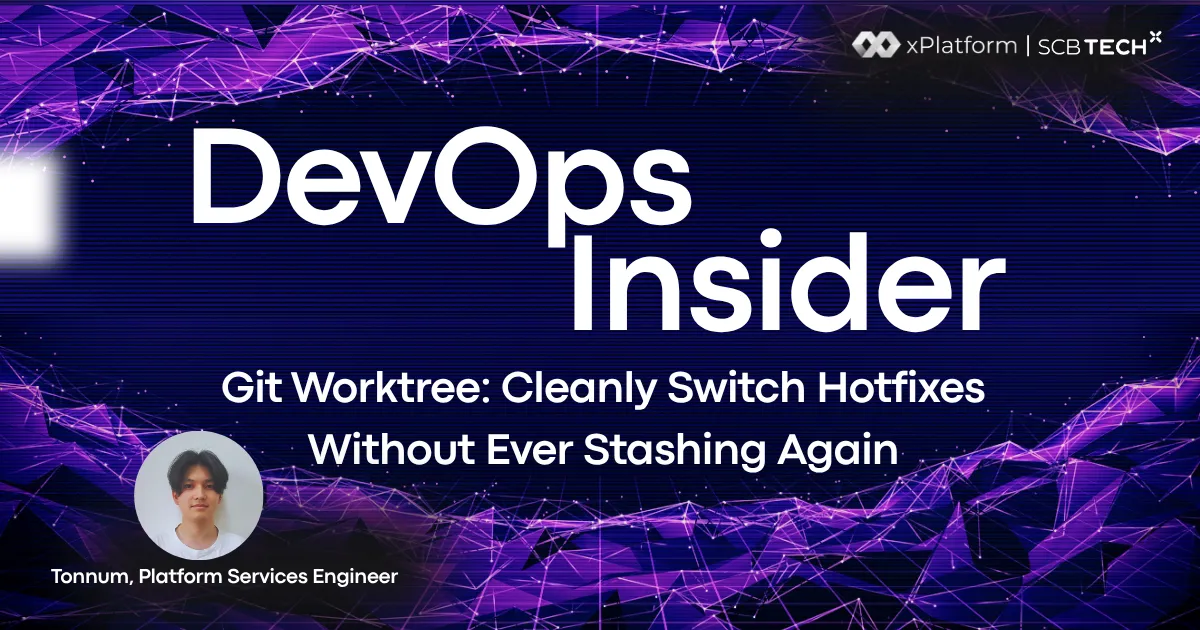
When managing multiple Hotfixes in a shared library, one of the most common challenges is constantly switching back and forth between tasks. And if you have unfinished changes, you usually need to git stash them away before switching to another urgent branch which takes time and often breaks your flow…

Developers love GitHub Copilot — it’s like having a smart coding buddy who suggests, fixes, and explains your code so you can focus on building great software…

ChatOps is a concept that allows teams to interact directly with DevOps tools through a chat platform — without needing to switch to CI/CD dashboards, terminals, or other tools.

These days, Data and Dev teams face increasingly complex workloads. But what if there were a smart assistant that could manage every step, queue each task in order, and keep everything running smoothly?…
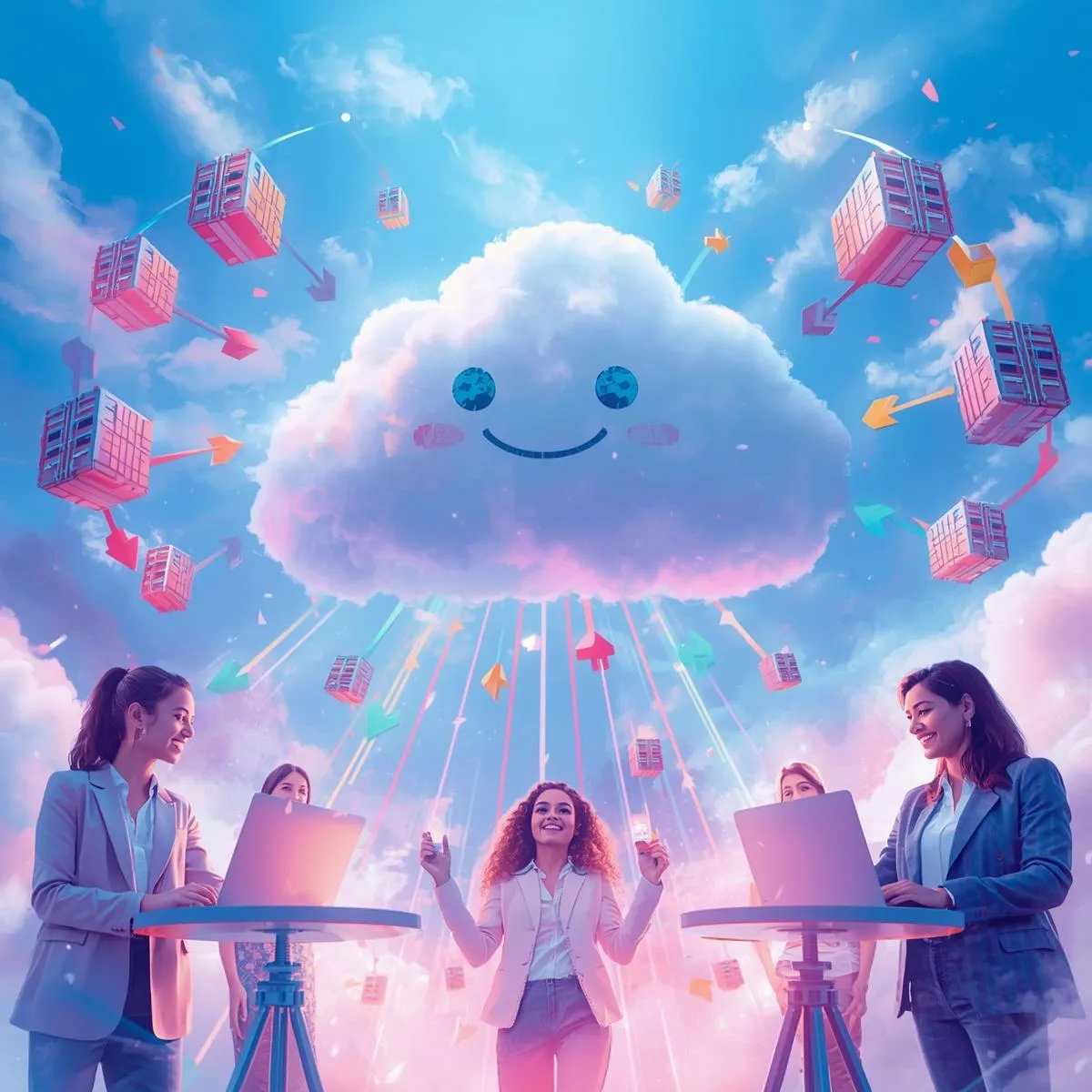
More than a decade ago, most enterprise applications were still built as monoliths all functions bundled into a single block of code, running on physical servers in the company’s data center. Every update or feature release often required long development cycles, carried high risks of downtime, and became increasingly difficult to scale as organizations grew.

In an era where global warming has become a major global issue, GreenOps, or Sustainable DevOps, is becoming a key focus in the IT industry. This isn’t just about reducing a company’s carbon footprint; it’s also about aligning operations with ESG (Environmental, Social, Governance) principles.

When we talk about DevOps, many people are familiar with the concept of automating various tasks, such as development, building, testing, and deploying, to help developers work faster and deliver software to users efficiently.
But what if we apply the same concept to AI or Data Science work? This is what we call MLOps (Machine Learning Operations), which is essentially DevOps in the world of Data and AI.